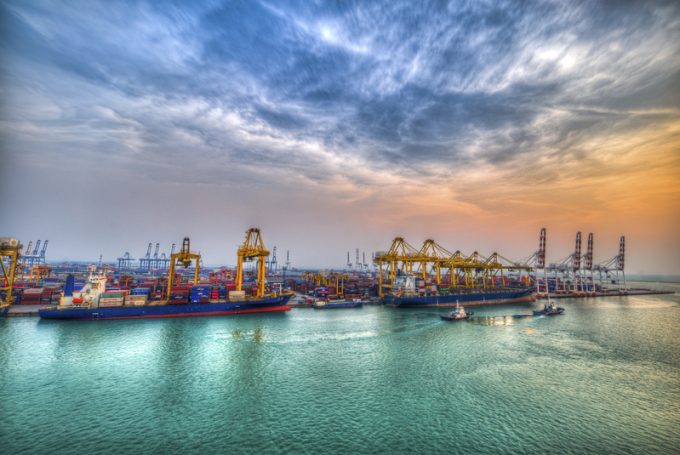Trump-Houthis deal – expect further 'rate declines...after port congestion'
Ocean: supply-demand balance getting ‘structurally looser’?

New intra-Asia container shipping services are keeping rates down and competition up, and even picking up the slack for the region’s lack of air cargo capacity.
Carriers have launched services covering South-east Asian ports, Mr Sundara, Asia Pacific ocean freight director at Scan Global Logistics (SGL), told The Loadstar.
“There’s ample space and rates are competitive. Global carriers are utilising space between intra-Asia moves, which is also putting pressure on the region’s niche carriers.”
This squeeze on the smaller lines was underway before the pandemic, ...
Keep our news independent, by supporting The Loadstar
Volume surge and an early peak season? 'Don't celebrate too soon,' warning
Container spot rates diverge: to Europe still falling, but firmer to the US
Ecommerce likely the front-runner in resurge of transpacific trade after deal
Hapag-Lloyd won't take bookings if port congestion leaves cargo stranded
China-US trade tariff pause could drive a rebound for transpacific rates
Shippers should check out the 'small print' in China-US tariff cuts
Service chaos from trade ban with India a problem for Pakistan shippers


Comment on this article